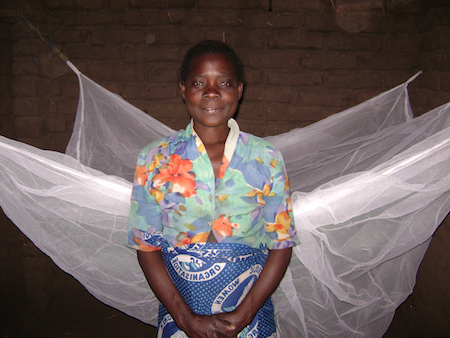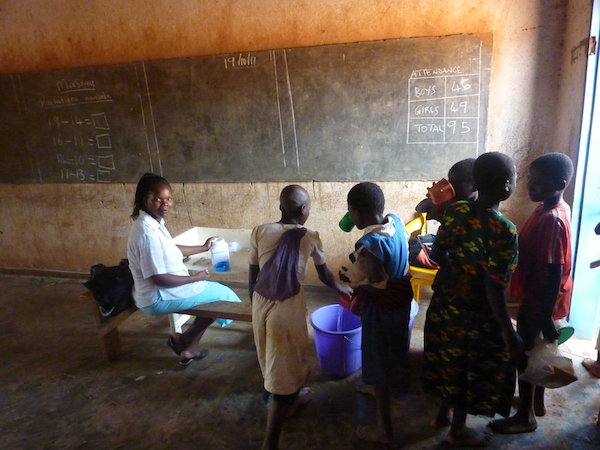This time of year, just about every news agency publishes an article titled something like “6 tips to give wisely this holiday season.” (Examples here, here, and here.) The advice they give makes sense to a degree – make sure the charity isn’t a scam, check that the CEO’s salary doesn’t account for 90% of the charity’s budget, etc. – but it’s really targeted at someone who’s aiming to not waste his/her money. For donors interested in accomplishing the most good possible with their money, here are 6 tips to help you take your giving to the next level.
1. Be proactive. If you find yourself considering a gift to a charity that called you on the phone, you’ve already lost most of the battle to do as much good as possible. Your dollars will go furthest if you set time aside, think about all your options, and go find the best charity for your values. If you wait for charities to come to you, you’re just rewarding the ones that are most aggressive – not the ones that do the most good.
2. Be open minded about the cause you’re going to support. The amount you can accomplish with your donation varies widely from cause to cause to cause. We’ve written about this before in the context of giving to charities that work overseas instead of those that work domestically.
But, even if you’re not ready to shift your giving that much, you can improve your impact just by broadening your scope. Are you interested in supporting education in the US? Consider organizations that work outside your community as opposed to just considering local ones. Are you interested in supporting your local community? Consider multiple different categories of organization – job training programs, schools, food banks, etc. The more you’re open to different options, the more likely you’ll be to find and support outstanding – not just “acceptable” – organizations.
3. Ask organizations to make a case that their programs work. For example, if you pick a school, ask them why they think they’re improving academic performance for their students; ask them why they think they’re doing a better job than a similar school you could support; ask them for any data they have that supports their case. For more ideas about what to ask, refer to our do-it-yourself charity evaluation questions.
4. Ask organizations how they’d use additional funding. It’s one thing for an organization to have accomplished great things in the past. But, if you’re giving today, you really need to focus on what they’ll do in the future and how your donation (and other future donations) will make a difference.
Some organizations may have a pressing need for funds such that additional money this year will allow them to expand services. Others may already have enough in the bank such that your donation will only grow an already-safe level of reserves. Alternatively, the organization may be so small that money isn’t the bottleneck to expansion, and it can’t effectively expand even with more money.
We call this the concept of room for more funding, and it’s key to GiveWell’s assessment of our top charities.
5. When you give, give cash – no strings attached. You’re just a part-time donor, but the charity you’re supporting does this full-time and staff there probably know a lot more about how to do their job than you do. If you’ve found a charity that you feel is excellent – not just acceptable – then it makes sense to trust the charity to make good decisions about how to spend your money.
6. Check back a year later and see whether the organization met its commitments. When asking about the organizations about their room for more funding or evidence of impact, you (hopefully) heard about plans they had for the coming year. Check back to see how their activities – and results – match up.
These tips may making giving sound like a full time job. We think it is. You can leverage the work we’ve done, and save your own time, with a gift to one of our top charities. But if you’re interested in causes we haven’t been able to cover, the above tips will help you make the most of your generosity.

 Our top two charities – out of hundreds we’ve examined – are (1) the
Our top two charities – out of hundreds we’ve examined – are (1) the  We have published the
We have published the